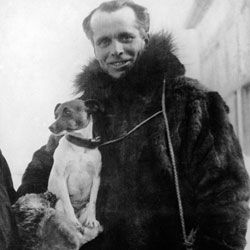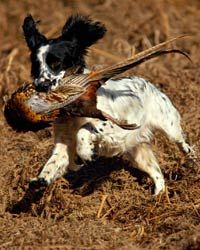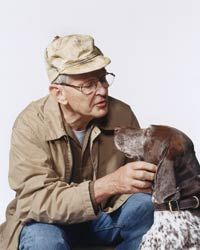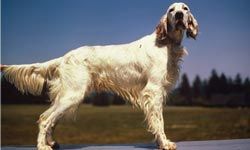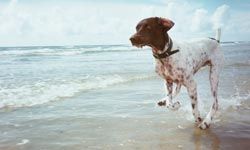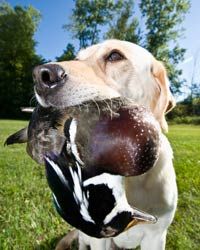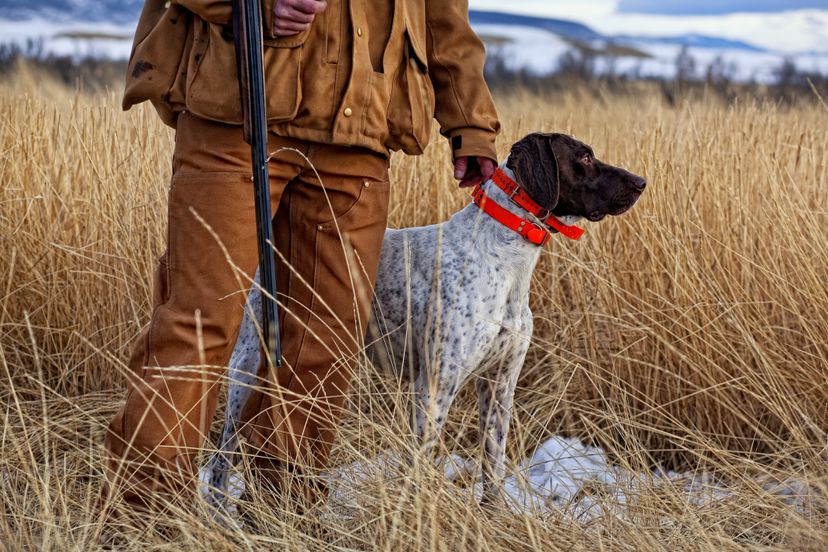
Not only are dogs man's best friend, they also make excellent hunting partners. Dogs have been assisting humans in the hunt since ancient times, when the Egyptians used greyhounds to track down gazelles [source: Encyclopedia Britannica].
Since then, scores of canines -- from the uniquely shaped dachshund to the graceful vizsla -- have been bred to sniff out and track down prey so skillfully that going home empty-handed seems impossible.
Advertisement
A hunting dog's desirability depends a lot on the size of the dog, how well it's been trained, the target prey, the type of terrain you'll be hunting and whether you want your best bud to merely point to the target or to bring it back to you. The 10 hunting dogs in this article consistently stand out from the pack.
